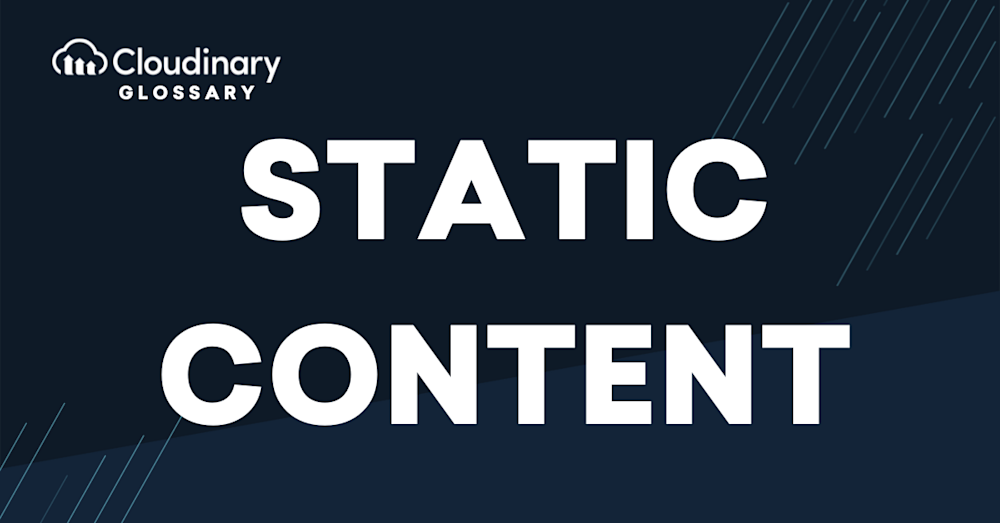What Is Static Content?
Static content is the type of content that doesn’t change. It’s often stored on a server and can be accessed by browsers. Static content includes blog posts or news articles – pages that contain text only, with no dynamic elements like animations or interactive elements like forms or buttons.
Static vs. Dynamic Content
Static content refers to content that remains unchanged on a website or digital platform, such as a homepage or an “About Us” page. This type of content is typically created to provide users with general information that does not require frequent updates. Static content is often used to establish a brand’s identity, showcase its products or services, and communicate its values and mission.
Dynamic content, however, changes frequently and is often personalized to the user. This type of content is generated based on user behavior, preferences, and other data points. It can include personalized product recommendations, targeted marketing messages, and customized landing pages. This content aims to provide users with a more personalized and engaging experience, which can lead to increased conversions and customer loyalty.
Both static and dynamic content play important roles in digital marketing and content strategy. While static content provides a foundation for a brand’s online presence, dynamic content allows for greater personalization and relevance to the user. By combining both types of content, brands can create a well-rounded and effective digital presence that engages and converts users.
Benefits of Using Static Content
Static content is easy to create, maintain, and scale. And it’s not just the web server that benefits from static files; you can also use them for email newsletters or other marketing campaigns.
There are several benefits of using static content for websites and digital platforms. Firstly, static content is easy to create and maintain. Once created, the content can remain unchanged for long periods, freeing up time and resources for other aspects of a digital platform or website.
Secondly, static content provides a consistent user experience. Visitors to a website or digital platform can rely on static content to provide accurate and up-to-date information about a brand’s products, services, values, and mission. Static content can also establish a brand’s identity and voice, helping build trust and credibility with users.
Summing Up Static Content
Static content can be a great way to optimize your site, speeding up page load speeds and improving your user experience. While it’s not always possible to have static content all across your platform, it can make a huge difference when included.
Additional Resources You May Find Useful:




